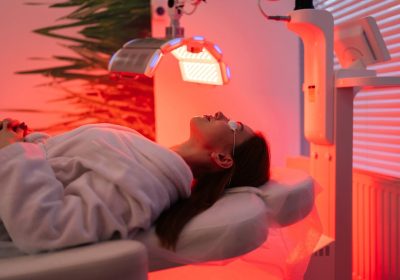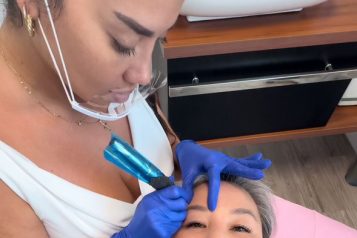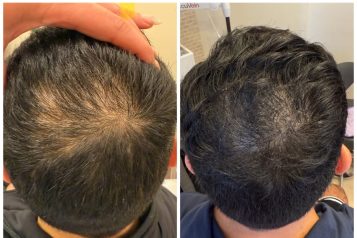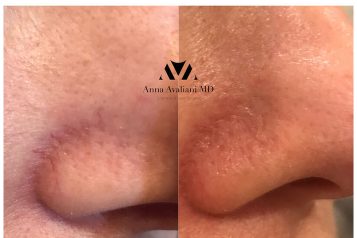When considering breast augmentation, one of the most critical steps is the initial consultation, where the patient and surgeon come together to discuss and define the desired outcome. This process is much more than a simple conversation—it's an in-depth exploration of the patient’s goals, preferences, and unique anatomy. The choices during this phase lay the foundation for a successful surgery and ensure that the final results align with the patient’s vision.
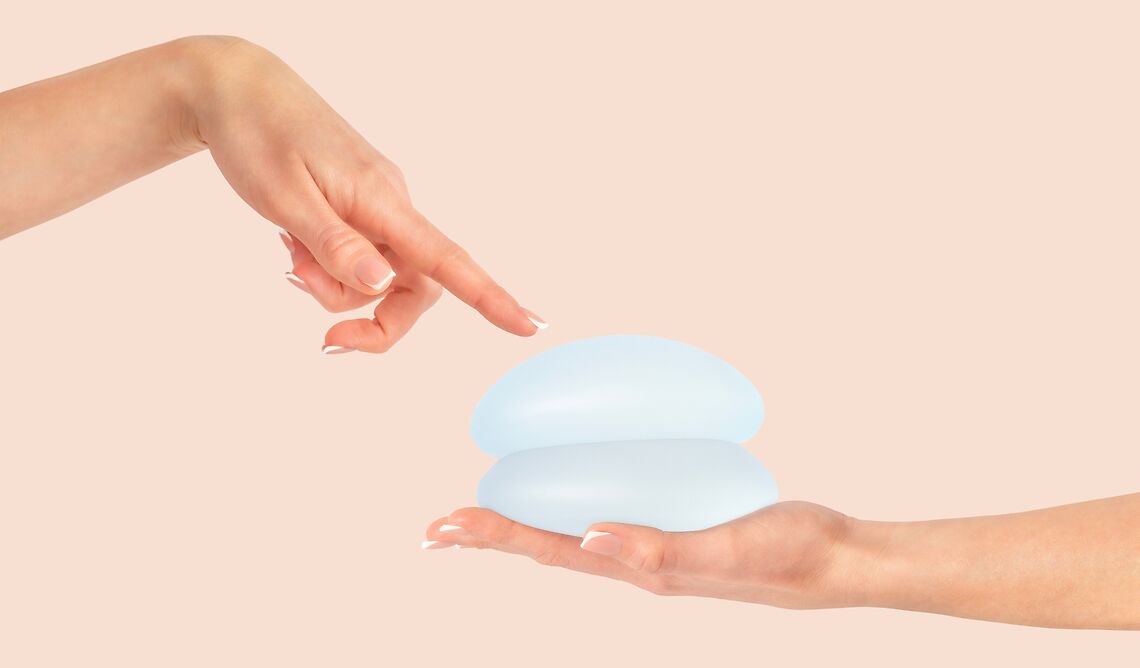 Photo Credit: Courtesy of Tetiana Tychynska/Shutterstock
Photo Credit: Courtesy of Tetiana Tychynska/Shutterstock
Initial Consultation: Setting the Foundation
The journey to achieving the desired breast augmentation results begins with a thorough and open discussion between the surgeon and the patient. The first step in the consultation process is to talk with the patient. This initial conversation is crucial for understanding the patient’s goals and expectations. I typically start by asking what they hope to achieve with the surgery. For instance, I may inquire about their ideal bra cup size, but it’s important to note that this is the only time cup size is mentioned. Breast implants don’t come in cup sizes, so the focus shifts to understanding the specific look the patient desires.
These initial conversations are invaluable because they allow me to frame our discussion and the options I present. When someone says they want to look “natural,” that can mean different things to different people. Thus, understanding the patient’s unique perspective on what “natural” looks like to them is essential.
In addition to discussing aesthetic goals, I also ask about their breast history. This includes whether they’ve ever had lumps or bumps that needed biopsying if they’ve breastfed, or if they have any pre-existing asymmetries in their rib cage or breast tissue. These discussions provide a comprehensive view of the patient’s current situation and their goals with surgery.
The Consultation Process: Determining the Ideal Breast Implant Size
After thoroughly understanding the patient’s goals, we move into the sizing process. I have developed a 3-step sizing process that has proven to have an extremely high satisfaction rate.
- Breast Examination and Measurements: The process begins with a thorough breast examination, which helps identify any abnormalities in the breast tissue and determine whether the breast is mostly fat, dense glandular tissue, or a combination of both. Detailed measurements of the breasts are taken to identify any asymmetries and to set the foundation for the sizing process.
- 3D Simulation: The first step in the sizing process involves creating a 3D scan of the patient’s chest. The 3D simulation allows the patient to virtually try on different implants and see how they might look after surgery. This is incredibly helpful because it immediately reveals what the patient finds attractive. I ensure that the simulations shown only include implants that will fit the patient’s frame and breasts based on the measurements taken.
- Implant Handling and Sizing Bra: Once the patient decides on a look they like in the simulation, we move to the second step, where the patient is given actual implants similar to those seen in the simulation. This allows them to feel the implants and get a good sense of the volume they would be adding to their breasts. Finally, in the third step, the patient puts on a sizing bra and uses special sizing implants that match the simulation size. This combination of virtual results, physical implants, and in-person sizing helps the patient make an informed and confident decision.
This method ensures that patients are fully engaged in the decision-making process and have a clear understanding of how they will look and feel after surgery. The days of patients waking up unsure of their new size are long gone.
Addressing Common Misconceptions About Implant Size
One of the most common misconceptions patients have about implant sizing is the belief that what looks good on someone else will look good on them. It’s not unusual for a patient to request the same implant size as a friend, thinking they’ll achieve the same results. However, proper implant selection depends on various factors, including the patient’s anatomy, measurements, breast tissue quality, nipple position, muscle orientation, starting breast size, and individual goals.
To address this misconception, I explain these factors to my patients and try to avoid revealing the number of cc’s in the 3D simulations or sizer implants until they’ve gone through the initial sizing process. This way, patients select volumes based on what looks and feels best for their body, without getting fixated on specific numbers. This approach helps patients relax and focus on achieving their desired outcomes.
Implant Shape and Profile: Tailoring to the Patient’s Needs
When discussing implant shape and profile, I typically recommend smooth round implants, as these are suitable for the vast majority of patients. Textured anatomic (teardrop) implants are still available but are generally indicated for a very small subset of the cosmetic surgery population.
The implant profile is another critical aspect of the consultation. A lower-profile implant has less forward projection, while a higher-profile implant offers more forward projection. In simpler terms, it’s the difference between a pancake and a beachball. It’s possible to make all profiles of implants look natural or more enhanced, depending on the patient’s preferences, anatomy, and proper implant selection.
In general, the more volume a patient desires, the higher the implant profile, but this isn’t always the case. For example, a patient with a broad chest or a tall breast might benefit from a moderate profile implant while still achieving a full look. Selecting the size and profile of the implant is a collaborative process between the surgeon and the patient, ensuring that the final result aligns with the patient’s goals and expectations.
For more information, visit Dr. Josh Waltzman's social media:




